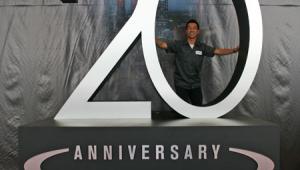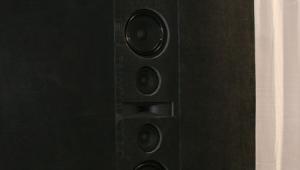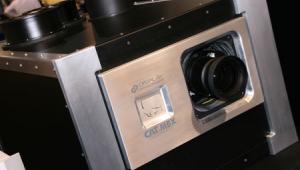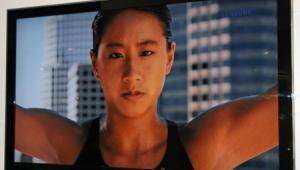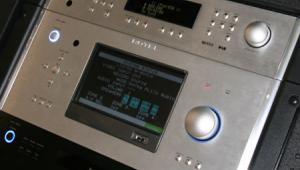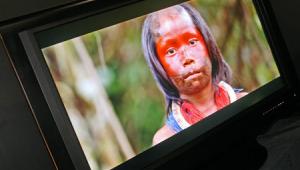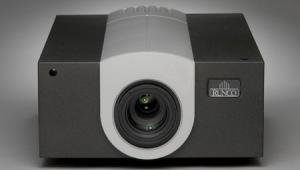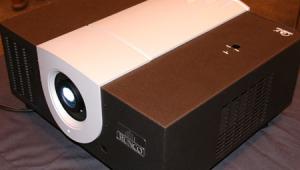Tom, if you had to speculate, how do you think the new crop of LED projectors will stack up to traditional designs (LCOS, 1 or 3 chip DLP, and LCD)? Will the difference be night and day or subtle? I guess what I am trying to understand is whether they are likely be superior to the JVC LCOS projector Shane reviewed some months ago? Are you planning to do a feature in an upcoming issue on how LED technology works in projectors? I have been waiting for these and will likely be in the market for one early next year.
LEDs Lighten Up

Conventional lamps last 2000 hours at best (though some manufacturers do claim much longer life lamp life, a claim we have not had the opportunity to verify). But they often start to loose significant brightness and color balance at less than 1000 hours, and cost hundreds of dollars to replace. Replace that projection lamp every 1000 hours, at a cost of $400 a pop, and you'll chew up $20,000 worth of lamps over 50,000 hours—though you're unlikely to keep any projector that long. That's 4 hours a night for over 34 years!
LEDs are also more power-efficient than projection lamps and should run cooler, minimizing the need for a noisy fan and reducing the heat that can age internal components. But the one possible downside here is that the Avielo Chroma's claimed light output of 600 lumens is significantly lower than many competitive, lamp-based projectors.
The LED lighting requires no color wheel, and since its sequential lighting in this single chip DLP projector operates at many times the rate of a color wheel, the projector is said to eliminate sequential color artifacts—the ubiquitous DLP rainbows. The brightness of the LEDs can also be varied from full brightness to fully off, resulting in an unmeasurable full-on/full-off (peak) contrast ratio.
- Log in or register to post comments

It's too early to say for sure, but it's possible that the limited brightness of the early designs will restrict them to relatively small screens. If they can truly eliminate rainbows, and perhaps improve black levels beyond those available in most DLPs, those would be major pluses. I'd be shocked if they could better or even equal the blacks of the top current JVCs, but the potential to dim the LEDs would provide the benefits of a dynamic iris without the possible side effects (global dimming, not in zones as in LED local dimming LCD flat panel designs--that may be possible, but would require an additional DLP chip).While I don't expect any measurable color benefits over those available from the best lamp-based designs with under 300 hours on their lamps, the long-term color consistency, as noted in the blog, should be a real plus.On the downside, the first designs are likely to be very expensive-up to twice the price of the best under $10K models.
